Images of Japan on Glass Plates
Collected by Herbert Geddes in the early 20th century, these transparent photographs were sold to foreigners during the Meiji era.

© Public Domain
This collection of glass-plate photographs, housed by the University of Victoria in Canada, offers a glimpse of what life was like in Japan between the late 19th and early 20th centuries. Entitled Yokohama Photographs, the collection was amassed by Herbert Geddes, the manager of a Canadian import-export company in this port city south of Tokyo, which was one of the first to open up to trade with the West.
These glass plate transparencies present quaint, traditional images of Japan, such as temples, cherry blossom, and geisha dressed in kimono. There are also lesser-shown representations of what life was like in Japan during this two-century period: silk-factory work, rice cultivation, blacksmithing, and craftsmanship.
Forerunner to postcards
These objects were sold to overseas visitors during the Meiji era (between 1869 and 1912 approximately), before the emergence of cameras and postcards. These glass plates, like the photographic prints by photographers such as Kusakabe Kimbei and Felice Beato, were coloured by hand after being taken. This was a very popular practice, which, in the specific case of glass-plate photographs, made it possible to add density and variable contours to the subject through the use of transparency and variations in brightness.
Herbert Geddes’ collection can be viewed on the University of Victoria’s website.
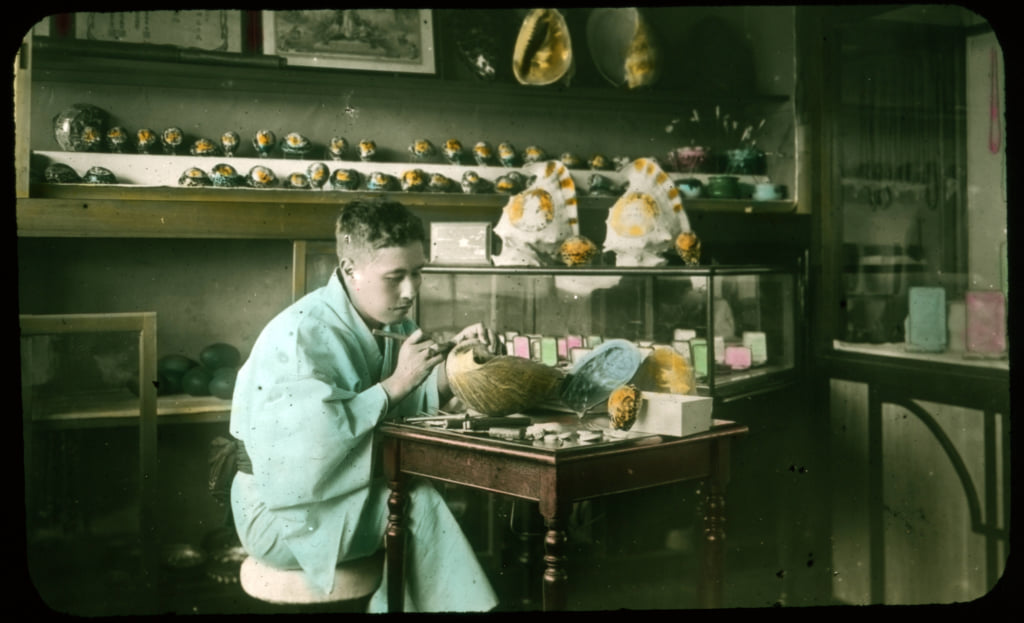
© Public Domain
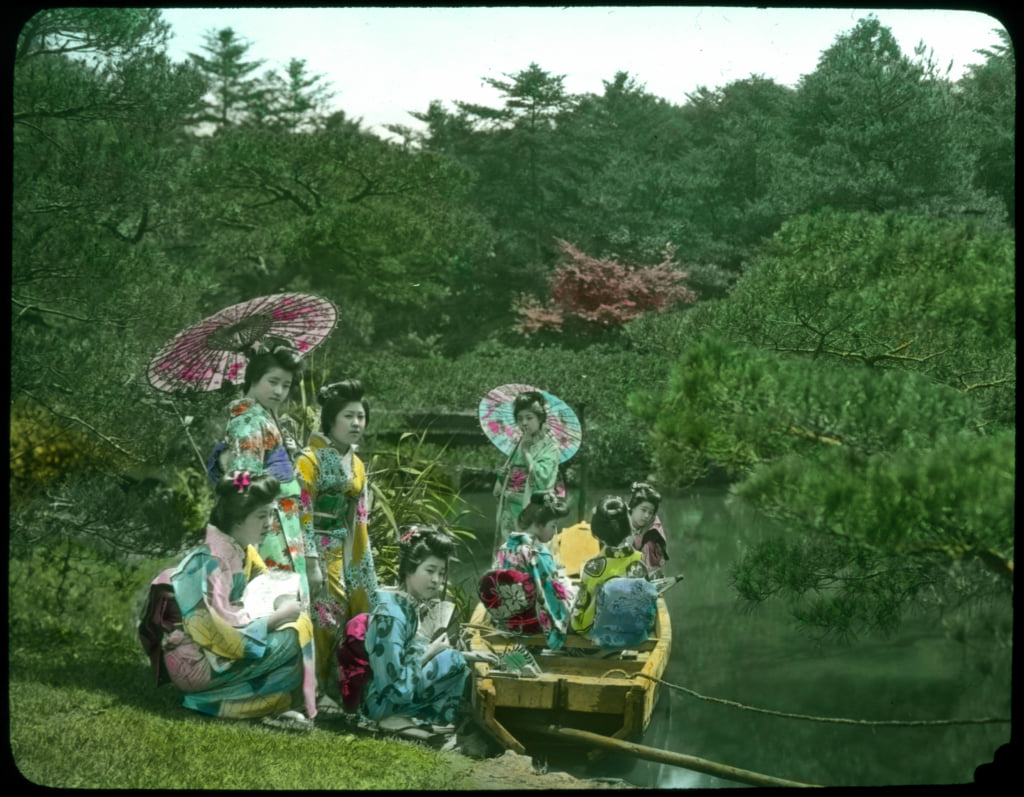
© Public Domain
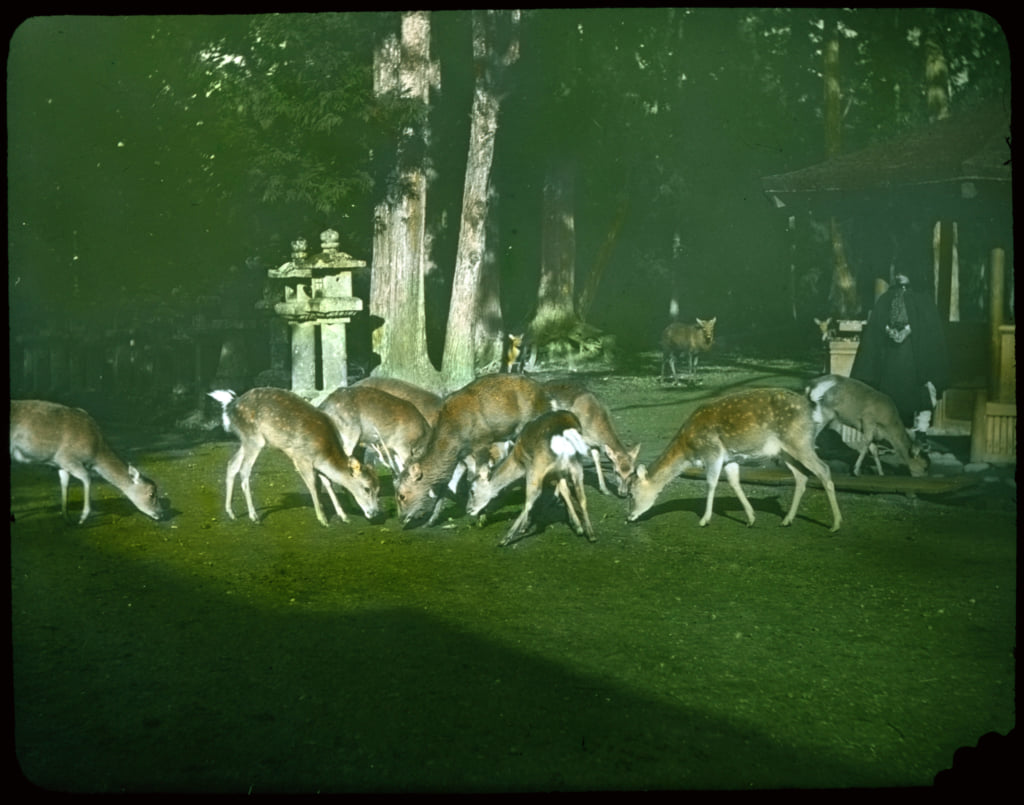
© Public Domain
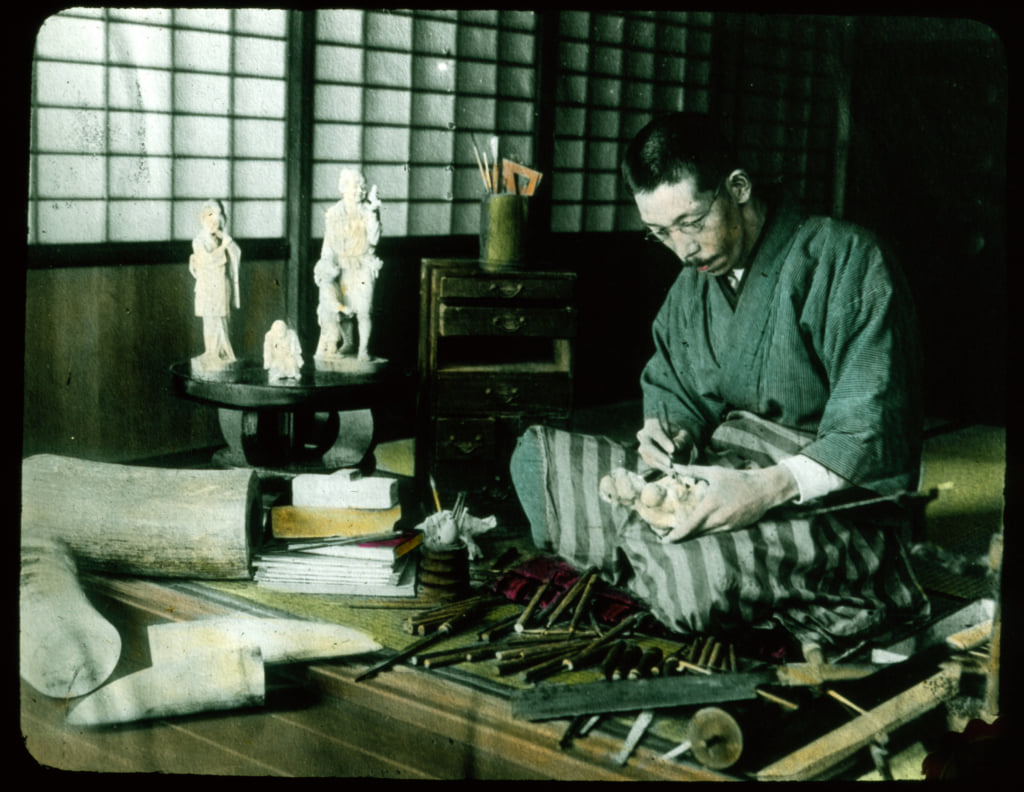
© Public Domain
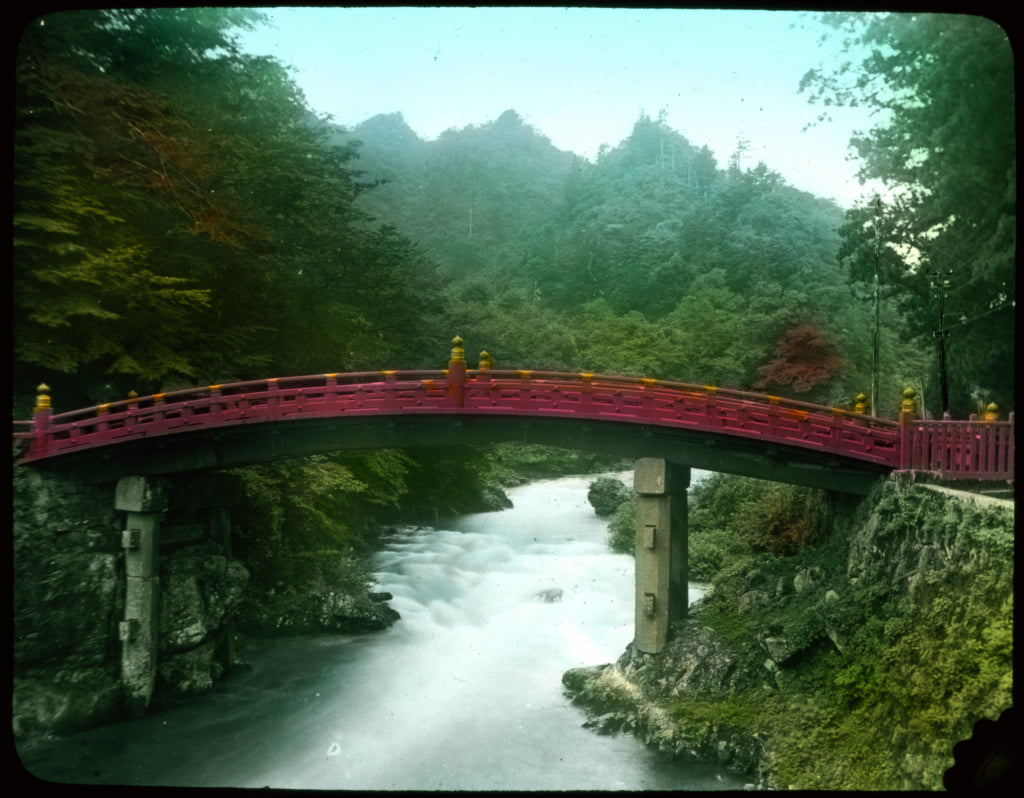
© Public Domain
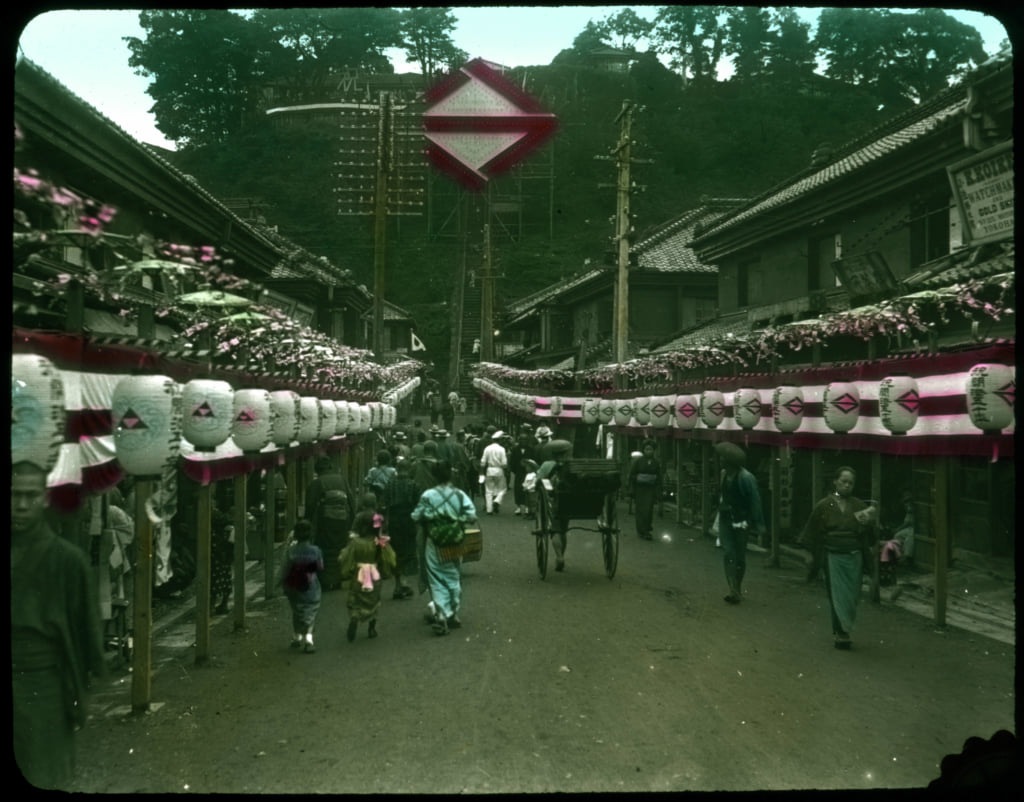
© Public Domain

© Public Domain
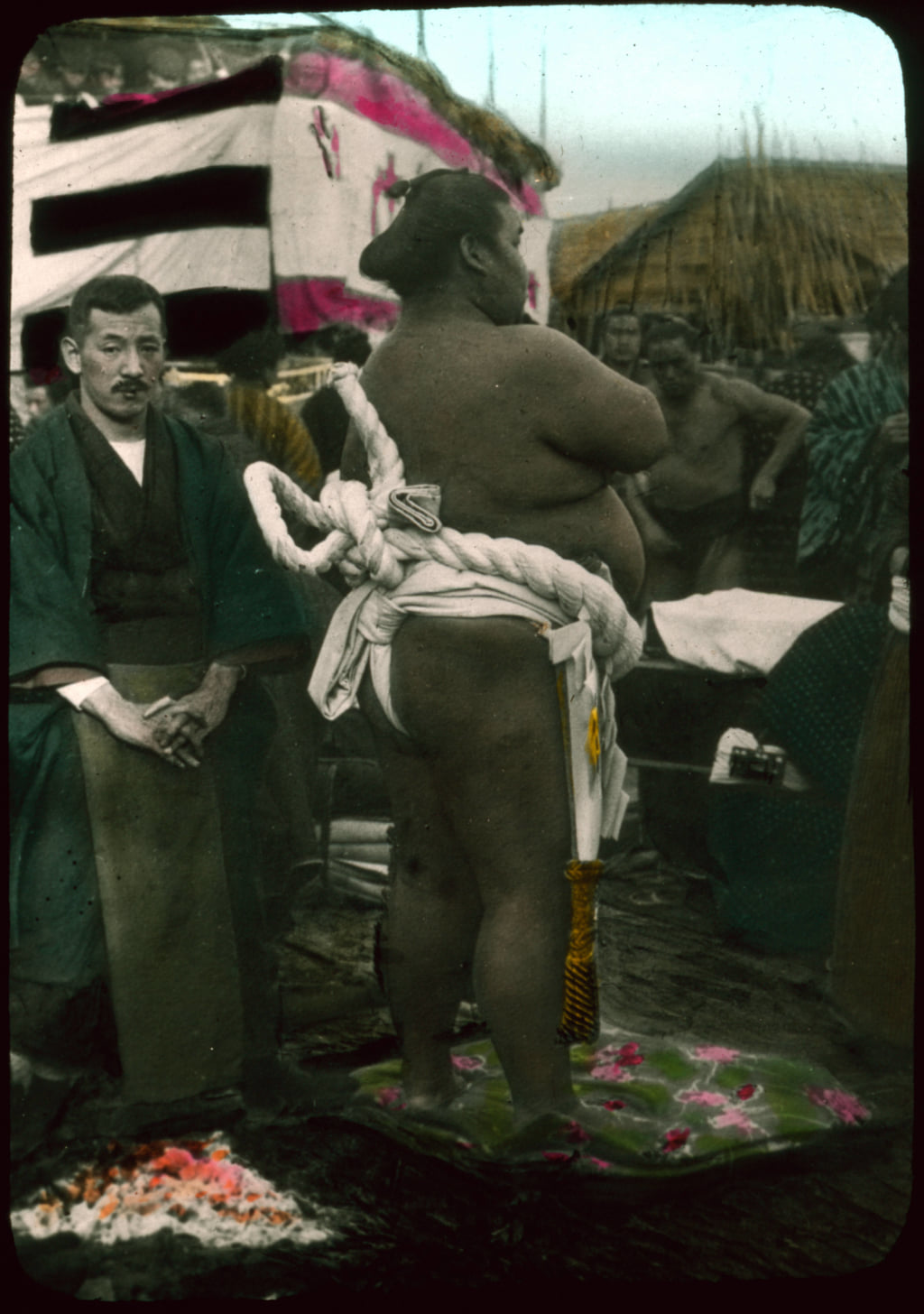
© Public Domain
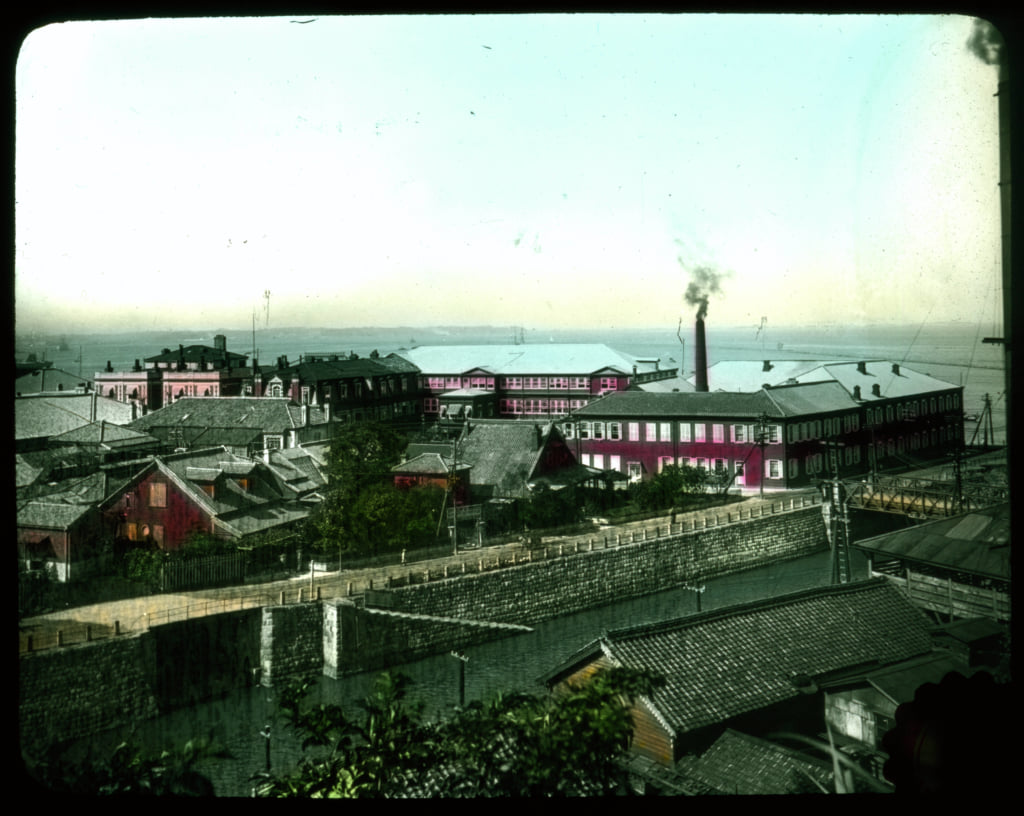
© Public Domain
TRENDING
-
A Rare Japanese Garden Hidden Within Honen-in Temple in Kyoto
Visible only twice a year, ‘Empty River’, designed by landscape architect Marc Peter Keane, evokes the carbon cycle.

-
Colour Photos of Yakuza Tattoos from the Meiji Period
19th-century photographs have captured the usually hidden tattoos that covered the bodies of the members of Japanese organised crime gangs.

-
Recipe for Ichiraku Ramen from ‘Naruto’ by Danielle Baghernejad
Taken from the popular manga with the character of the same name who loves ramen, this dish is named after the hero's favourite restaurant.

-
Modernology, Kon Wajiro's Science of Everyday Observation
Makeup, beard shape, organisation of cupboards and meeting places: all of these details decipher 1920s Tokyoites.

-
Hitachi Park Offers a Colourful, Floral Breath of Air All Year Round
Only two hours from Tokyo, this park with thousands of flowers is worth visiting several times a year to appreciate all its different types.





